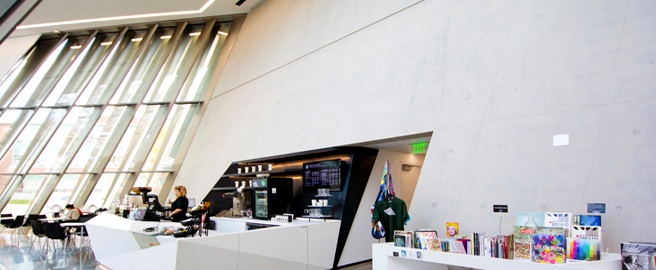
Whether you are in the design phase, own an older building, or are looking to revamp operational procedures at your current building, the proper MEP engineering services can address your wants and needs for making your building more sustainable. The following are four examples that can significantly reduce your bottom line:
1. Reducing energy use in HVAC and lighting
Overall building design can determine the amount of lighting, heating and cooling a building will require. According to the U.S. Department of Energy, lighting accounts for 25% of energy used in commercial buildings and HVAC systems account for 32% of energy use.
With those two areas representing more than half of a building’s energy consumption, it is important to optimize the design and efficiency of these systems in order to lower cost and reduce a building’s environmental impact.
PBA’s HVAC solutions include strategies that make use of natural ventilation and natural heat sources, minimizing energy losses in conventional systems, integrating new efficient technologies into HVAC operations, and many other methods to make HVAC systems more proficient.
Reducing lighting expenditures can be achieved by developing designs that allow more natural light into occupied spaces and by using more efficient technology. PBA’s award-winning lighting design strategies incorporate sensors and eco-friendly light fixtures and bulbs that still maintain comfortable indoor environments.
2. Water conservationWater conservation strategies are necessary in all areas of the world, whether your building is in an arid climate or one that has access to vast amounts of fresh water. There are a number of designs and methods that can help a building lower its water use and save money on water bills.
Installing low-flow fixtures is an important first step a building owner can take. Low-flow faucets use about 40% less water than standard faucets, and low-flow toilets can save about 2.2 gallons of water per flush.
Greywater systems can also provide significant water conservation. Most buildings use drinking water for all uses, but many, such as irrigation or toilet flushing, do not require it. Greywater is water that has been used for washing, is still relatively clean and can be used for applications where potable water isn’t necessary.
3. Electricity consumptionIn order to cut back on the amount of electricity used in a building, it is important to be able to identify the opportunities and understand the latest best practices that can be combined to save energy costs for owners.
Lighting, computers, office equipment, heating and cooling systems, and a number of other appliances can raise electricity consumption.
Incorporating renewable energy sources like solar or wind power, coordinating between power and special systems, programming the size and location of required space can all help to make sure electrical systems are operating at optimal efficiency.
4. Co2 EmissionsMost emissions of carbon dioxide from buildings come from the combustion of fossil fuels to provide heating, cooling, lighting, and power for appliances and electrical equipment. Other carbon dioxide emissions can be attributed to the manufacture and transport of building construction and demolition materials.
Buildings can reduce the amount of carbon dioxide they emit with effective design and building plans. Using the most efficient heating, ventilation, and air conditioning systems, along with proper maintenance of these systems can ensure the highest levels of performance with lower levels of emissions.
Using locally-sourced building materials, reducing water usage, and using recycled content for building and interior materials can also decrease a building’s carbon dioxide emissions.
These Stories on Lighting